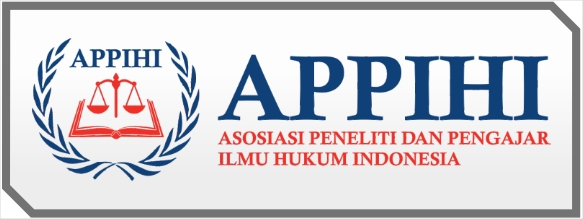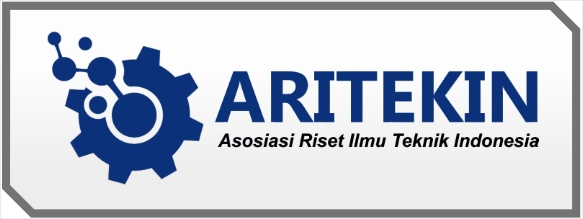Perekaman E-KTP dan Akta Lahir di Desa Tlagah Galis Bangkalan
DOI:
https://doi.org/10.58192/karunia.v1i2.1676Keywords:
Recording, E-KTP, Birth Certificate, TlagahAbstract
Located at the Tlagah village hall, more than 200 residents made KTPs and around 100 more made birth certificates. The realization of this program departs from the fact that there are still many residents of Tlagah village who do not have ID cards, especially the elderly, and this becomes a problem when there is assistance from the government because they have to use ID cards. As a result, assistance in the form of money or groceries and other assistance is often misdirected because those who deserve it do not meet the requirements (don't have an ID card). The enthusiasm and warm response was shown by the Tlagah village community. The implementation of this activity was also assisted by the youth, the coordinator and the Tlagah village youth group. They all accompanied and assisted officers when the recording was carried out. Making electronic ID cards for the Tlagah village community, served by a ball pick-up mechanism (mobile service). They don't need to go directly to the office or at the sub-district service house, but officers from the Population and Civil Registration Office come directly to a predetermined location. So that the existence of a service model like this in the future must increase its capacity and reach, such as services for birth certificates and electronic KTP recording in hospitals and other places that facilitate access for the community. With this service model, it is hoped that public awareness about the importance of population documents and civil registration documents will increase. In addition, the presence of this program is intended to make it easier for people to get services from government or private institutions because they already have a resident identity.
References
Febriharini, Pancawisma Mahmuda, 2016. “Pelaksanaan Program eKTP Dalam Rangka Tertib Administrasi Kependudukan”,e- jurnal Serat Acitya, Vol. 5 No. 2.
Hardati, Puji, 2013. “Pertumbuhan Penduduk Dan Struktur Lapangan Pekerjaan Di Jawa Tengah”, Jurnal Forum Ilmu Sosial, Vol. 40 No. 2, Desember 2013.
Irianto, Jusuf, 2011. “Manajemen Sumber Daya Manusia Sektor Publikdi Indonesia: Pengantar Pengembangan Model MSDM Sektor Publik”, Jurnal Masyarakat, Kebudayaan dan Politik, Vol. 24, No. 4.
Nugroho, Reza Amin, Isharyanto dan Hartriwiningsih, 2017. “Evaluasi Administratif Pemerintah Kabupaten/Kota Dalam Penerbitan KTP Elektronik Berdasarkan Undang-Undang Nomor 24 Tahun 2013 Tentang Administrasi Kependudukan”, Jurnal Pascasarjana UNS, Vol. V No. 1, Januari-Juni.
Ramdani, Martiyan, 2015. “Determinan Kemiskinan di Indonesia Tahun 1982-2012”, Jurnal Economic Development Analysis Journal, Vol. 4, No. 1.
Sary, Astried Wulan, 2016, “Komunikasi Penyuluhan Administrasi Kependudukan Terhadap Pemahaman UU No 24 Tahun 2013 dan Tingkat Partisipasi Masyarakat Kecamatan Binjai Utara Kota Binjai”, Jurnal Komunikasi Islam : Jurnal Ilmu Komunikasi dan Kajian Islam, Vol. 3 No. 3.
Wijayanti, Dwi Anis, 2015, “Implementasi Kartu Tanda Penduduk Elektronik (KTP-el) Di Kantor Kecamatan Sawahan Kota Surabaya”, Jurnal Publika, Vol. 3, No. 2.

















